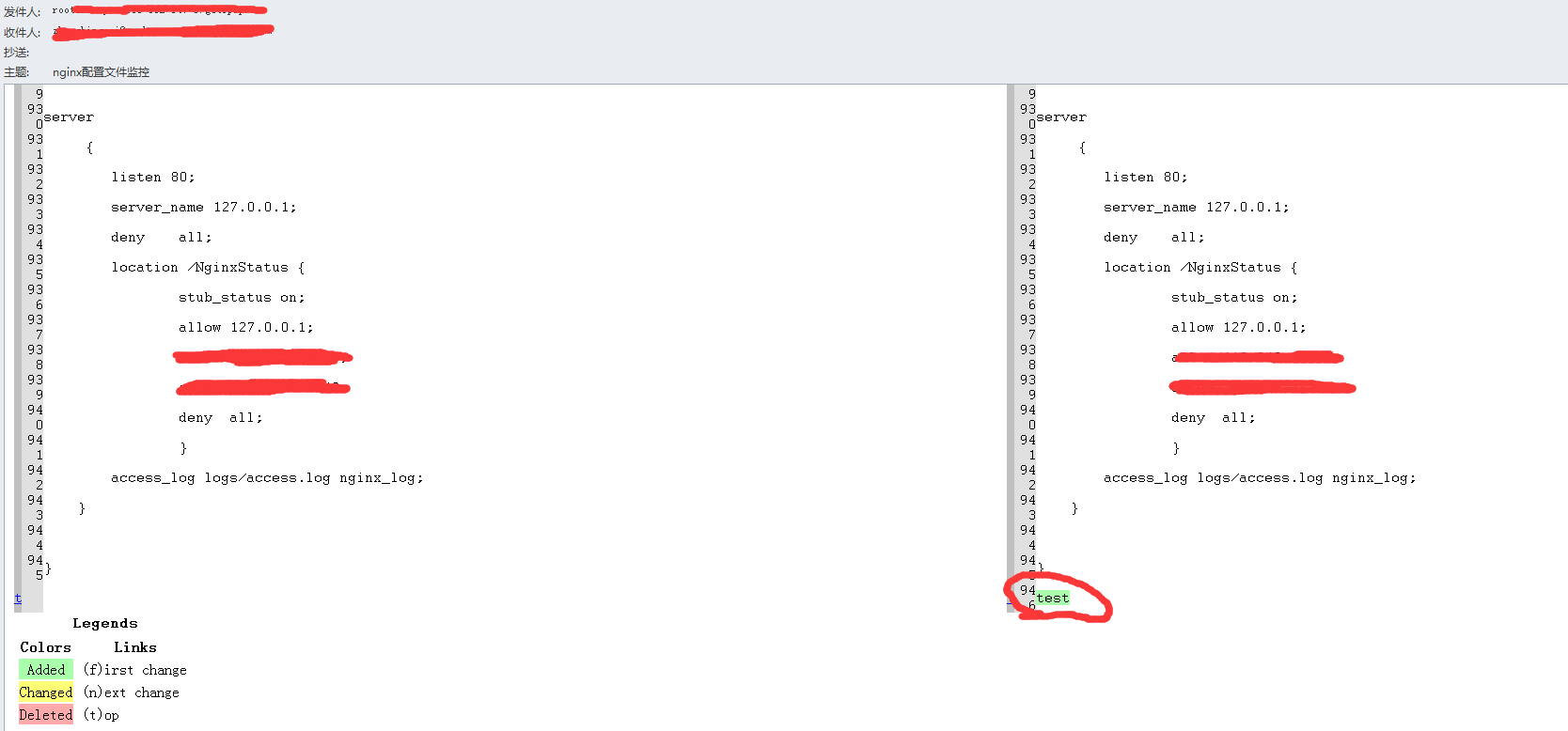简单易懂Pytorch实战实例VGG深度网络
模型VGG,数据集cifar。对照这份代码走一遍,大概就知道整个pytorch的运行机制。
定义模型:
'''VGG11/13/16/19 in Pytorch.'''
import torch
import torch.nn as nn
from torch.autograd import Variable
cfg = {
'VGG11': [64, 'M', 128, 'M', 256, 256, 'M', 512, 512, 'M', 512, 512, 'M'],
'VGG13': [64, 64, 'M', 128, 128, 'M', 256, 256, 'M', 512, 512, 'M', 512, 512, 'M'],
'VGG16': [64, 64, 'M', 128, 128, 'M', 256, 256, 256, 'M', 512, 512, 512, 'M', 512, 512, 512, 'M'],
'VGG19': [64, 64, 'M', 128, 128, 'M', 256, 256, 256, 256, 'M', 512, 512, 512, 512, 'M', 512, 512, 512, 512, 'M'],
}
# 模型需继承nn.Module
class VGG(nn.Module):
# 初始化参数:
def __init__(self, vgg_name):
super(VGG, self).__init__()
self.features = self._make_layers(cfg[vgg_name])
self.classifier = nn.Linear(512, 10)
# 模型计算时的前向过程,也就是按照这个过程进行计算
def forward(self, x):
out = self.features(x)
out = out.view(out.size(0), -1)
out = self.classifier(out)
return out
def _make_layers(self, cfg):
layers = []
in_channels = 3
for x in cfg:
if x == 'M':
layers += [nn.MaxPool2d(kernel_size=2, stride=2)]
else:
layers += [nn.Conv2d(in_channels, x, kernel_size=3, padding=1),
nn.BatchNorm2d(x),
nn.ReLU(inplace=True)]
in_channels = x
layers += [nn.AvgPool2d(kernel_size=1, stride=1)]
return nn.Sequential(*layers)
# net = VGG('VGG11')
# x = torch.randn(2,3,32,32)
# print(net(Variable(x)).size())
定义训练过程:
'''Train CIFAR10 with PyTorch.'''
from __future__ import print_function
import torch
import torch.nn as nn
import torch.optim as optim
import torch.nn.functional as F
import torch.backends.cudnn as cudnn
import torchvision
import torchvision.transforms as transforms
import os
import argparse
from models import *
from utils import progress_bar
from torch.autograd import Variable
# 获取参数
parser = argparse.ArgumentParser(description='PyTorch CIFAR10 Training')
parser.add_argument('--lr', default=0.1, type=float, help='learning rate')
parser.add_argument('--resume', '-r', action='store_true', help='resume from checkpoint')
args = parser.parse_args()
use_cuda = torch.cuda.is_available()
best_acc = 0 # best test accuracy
start_epoch = 0 # start from epoch 0 or last checkpoint epoch
# 获取数据集,并先进行预处理
print('==> Preparing data..')
# 图像预处理和增强
transform_train = transforms.Compose([
transforms.RandomCrop(32, padding=4),
transforms.RandomHorizontalFlip(),
transforms.ToTensor(),
transforms.Normalize((0.4914, 0.4822, 0.4465), (0.2023, 0.1994, 0.2010)),
])
transform_test = transforms.Compose([
transforms.ToTensor(),
transforms.Normalize((0.4914, 0.4822, 0.4465), (0.2023, 0.1994, 0.2010)),
])
trainset = torchvision.datasets.CIFAR10(root='./data', train=True, download=True, transform=transform_train)
trainloader = torch.utils.data.DataLoader(trainset, batch_size=128, shuffle=True, num_workers=2)
testset = torchvision.datasets.CIFAR10(root='./data', train=False, download=True, transform=transform_test)
testloader = torch.utils.data.DataLoader(testset, batch_size=100, shuffle=False, num_workers=2)
classes = ('plane', 'car', 'bird', 'cat', 'deer', 'dog', 'frog', 'horse', 'ship', 'truck')
# 继续训练模型或新建一个模型
if args.resume:
# Load checkpoint.
print('==> Resuming from checkpoint..')
assert os.path.isdir('checkpoint'), 'Error: no checkpoint directory found!'
checkpoint = torch.load('./checkpoint/ckpt.t7')
net = checkpoint['net']
best_acc = checkpoint['acc']
start_epoch = checkpoint['epoch']
else:
print('==> Building model..')
net = VGG('VGG16')
# net = ResNet18()
# net = PreActResNet18()
# net = GoogLeNet()
# net = DenseNet121()
# net = ResNeXt29_2x64d()
# net = MobileNet()
# net = MobileNetV2()
# net = DPN92()
# net = ShuffleNetG2()
# net = SENet18()
# 如果GPU可用,使用GPU
if use_cuda:
# move param and buffer to GPU
net.cuda()
# parallel use GPU
net = torch.nn.DataParallel(net, device_ids=range(torch.cuda.device_count()-1))
# speed up slightly
cudnn.benchmark = True
# 定义度量和优化
criterion = nn.CrossEntropyLoss()
optimizer = optim.SGD(net.parameters(), lr=args.lr, momentum=0.9, weight_decay=5e-4)
# 训练阶段
def train(epoch):
print('\nEpoch: %d' % epoch)
# switch to train mode
net.train()
train_loss = 0
correct = 0
total = 0
# batch 数据
for batch_idx, (inputs, targets) in enumerate(trainloader):
# 将数据移到GPU上
if use_cuda:
inputs, targets = inputs.cuda(), targets.cuda()
# 先将optimizer梯度先置为0
optimizer.zero_grad()
# Variable表示该变量属于计算图的一部分,此处是图计算的开始处。图的leaf variable
inputs, targets = Variable(inputs), Variable(targets)
# 模型输出
outputs = net(inputs)
# 计算loss,图的终点处
loss = criterion(outputs, targets)
# 反向传播,计算梯度
loss.backward()
# 更新参数
optimizer.step()
# 注意如果你想统计loss,切勿直接使用loss相加,而是使用loss.data[0]。因为loss是计算图的一部分,如果你直接加loss,代表total loss同样属于模型一部分,那么图就越来越大
train_loss += loss.data[0]
# 数据统计
_, predicted = torch.max(outputs.data, 1)
total += targets.size(0)
correct += predicted.eq(targets.data).cpu().sum()
progress_bar(batch_idx, len(trainloader), 'Loss: %.3f | Acc: %.3f%% (%d/%d)'
% (train_loss/(batch_idx+1), 100.*correct/total, correct, total))
# 测试阶段
def test(epoch):
global best_acc
# 先切到测试模型
net.eval()
test_loss = 0
correct = 0
total = 0
for batch_idx, (inputs, targets) in enumerate(testloader):
if use_cuda:
inputs, targets = inputs.cuda(), targets.cuda()
inputs, targets = Variable(inputs, volatile=True), Variable(targets)
outputs = net(inputs)
loss = criterion(outputs, targets)
# loss is variable , if add it(+=loss) directly, there will be a bigger ang bigger graph.
test_loss += loss.data[0]
_, predicted = torch.max(outputs.data, 1)
total += targets.size(0)
correct += predicted.eq(targets.data).cpu().sum()
progress_bar(batch_idx, len(testloader), 'Loss: %.3f | Acc: %.3f%% (%d/%d)'
% (test_loss/(batch_idx+1), 100.*correct/total, correct, total))
# Save checkpoint.
# 保存模型
acc = 100.*correct/total
if acc > best_acc:
print('Saving..')
state = {
'net': net.module if use_cuda else net,
'acc': acc,
'epoch': epoch,
}
if not os.path.isdir('checkpoint'):
os.mkdir('checkpoint')
torch.save(state, './checkpoint/ckpt.t7')
best_acc = acc
# 运行模型
for epoch in range(start_epoch, start_epoch+200):
train(epoch)
test(epoch)
# 清除部分无用变量
torch.cuda.empty_cache()
运行:
新模型:
python main.py --lr=0.01
旧模型继续训练:
python main.py --resume --lr=0.01
一些utility:
'''Some helper functions for PyTorch, including:
- get_mean_and_std: calculate the mean and std value of dataset.
- msr_init: net parameter initialization.
- progress_bar: progress bar mimic xlua.progress.
'''
import os
import sys
import time
import math
import torch.nn as nn
import torch.nn.init as init
def get_mean_and_std(dataset):
'''Compute the mean and std value of dataset.'''
dataloader = torch.utils.data.DataLoader(dataset, batch_size=1, shuffle=True, num_workers=2)
mean = torch.zeros(3)
std = torch.zeros(3)
print('==> Computing mean and std..')
for inputs, targets in dataloader:
for i in range(3):
mean[i] += inputs[:,i,:,:].mean()
std[i] += inputs[:,i,:,:].std()
mean.div_(len(dataset))
std.div_(len(dataset))
return mean, std
def init_params(net):
'''Init layer parameters.'''
for m in net.modules():
if isinstance(m, nn.Conv2d):
init.kaiming_normal(m.weight, mode='fan_out')
if m.bias:
init.constant(m.bias, 0)
elif isinstance(m, nn.BatchNorm2d):
init.constant(m.weight, 1)
init.constant(m.bias, 0)
elif isinstance(m, nn.Linear):
init.normal(m.weight, std=1e-3)
if m.bias:
init.constant(m.bias, 0)
_, term_width = os.popen('stty size', 'r').read().split()
term_width = int(term_width)
TOTAL_BAR_LENGTH = 65.
last_time = time.time()
begin_time = last_time
def progress_bar(current, total, msg=None):
global last_time, begin_time
if current == 0:
begin_time = time.time() # Reset for new bar.
cur_len = int(TOTAL_BAR_LENGTH*current/total)
rest_len = int(TOTAL_BAR_LENGTH - cur_len) - 1
sys.stdout.write(' [')
for i in range(cur_len):
sys.stdout.write('=')
sys.stdout.write('>')
for i in range(rest_len):
sys.stdout.write('.')
sys.stdout.write(']')
cur_time = time.time()
step_time = cur_time - last_time
last_time = cur_time
tot_time = cur_time - begin_time
L = []
L.append(' Step: %s' % format_time(step_time))
L.append(' | Tot: %s' % format_time(tot_time))
if msg:
L.append(' | ' + msg)
msg = ''.join(L)
sys.stdout.write(msg)
for i in range(term_width-int(TOTAL_BAR_LENGTH)-len(msg)-3):
sys.stdout.write(' ')
# Go back to the center of the bar.
for i in range(term_width-int(TOTAL_BAR_LENGTH/2)+2):
sys.stdout.write('\b')
sys.stdout.write(' %d/%d ' % (current+1, total))
if current < total-1:
sys.stdout.write('\r')
else:
sys.stdout.write('\n')
sys.stdout.flush()
def format_time(seconds):
days = int(seconds / 3600/24)
seconds = seconds - days*3600*24
hours = int(seconds / 3600)
seconds = seconds - hours*3600
minutes = int(seconds / 60)
seconds = seconds - minutes*60
secondsf = int(seconds)
seconds = seconds - secondsf
millis = int(seconds*1000)
f = ''
i = 1
if days > 0:
f += str(days) + 'D'
i += 1
if hours > 0 and i <= 2:
f += str(hours) + 'h'
i += 1
if minutes > 0 and i <= 2:
f += str(minutes) + 'm'
i += 1
if secondsf > 0 and i <= 2:
f += str(secondsf) + 's'
i += 1
if millis > 0 and i <= 2:
f += str(millis) + 'ms'
i += 1
if f == '':
f = '0ms'
return f
以上就是本文的全部内容,希望对大家的学习有所帮助,也希望大家多多支持【听图阁-专注于Python设计】。

